Three Ways Accessibility Can Help You Get More Leads


Ready to see AudioEye in action?
Watch Demo
This is a guest blog from Scorpion. Scorpion provides technology and marketing services to help small businesses grow.
Just like your brick-and-mortar store should be physically accessible to anyone who wishes to enter, your business website also needs to be accessible to people of all abilities. That includes making your marketing content accessible to as many users as possible.
Over one billion people worldwide are living with a disability, and if they can’t access your products or services, you can’t get their business. And it’s not just about the bottom line. It’s the right thing to do. It’s also a matter of legal compliance. The Americans with Disabilities Act (ADA) is one of the key legislations prohibiting discrimination based on disability. To stay compliant with the ADA and avoid being sued, your website needs to meet the Web Content Accessibility Guidelines 2.1 (WCAG 2.1).
Compliance aside, having a business website that is universally accessible can help your business get more leads, increase customer volume, strengthen your brand’s reach, and optimize your website’s search ranking.
Keep reading to learn more about the lead generation power of web accessibility.
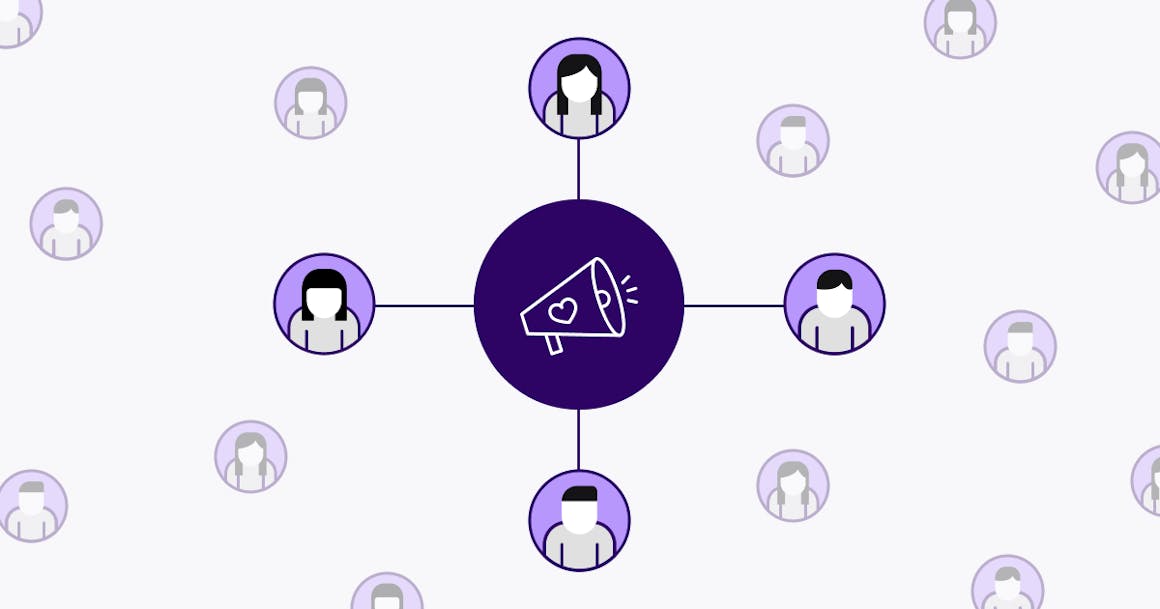
Broaden Your Brand’s Reach
People with disabilities comprise a quarter of the US population — and according to the 2016 Annual Report on The Global Economics of Disability — they, along with their family and friends, have $645 billion in disposable income. If your website is not accessible to them, you can’t reach them, let alone earn their business and trust.
Providing accessible customer experience, which includes universal web design, is key to converting site visitors into leads, and eventually into loyal customers. The lead generation process includes identifying buyer persona, creating buyer-centric content, optimizing top-performing pages, and setting goals for how many leads you’d like to reach each month. Now take 10% or even 20% off of that number away. That’s how many leads you could be missing out on by not building accessible web experiences for your customers.
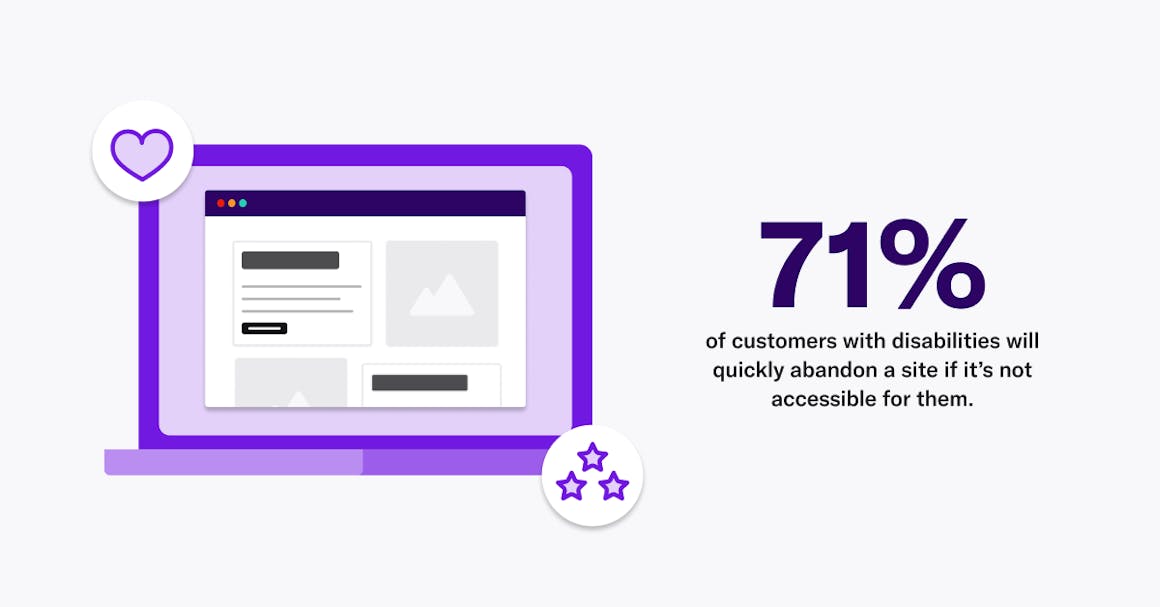
Improve Customer Experience
Brand image plays a key role in lead generation. A good reputation inspires customers to return for repeat purchases and advertise your business via word of mouth. If your website provides a great experience for a user, they’re more likely to recommend you to others.
According to one study, 71% of customers with disabilities will quickly abandon a site if it’s not accessible for them. Customers who can’t browse your website and/or make purchases due to accessibility issues will never come back and instead turn to your competitors.
Making your website accessible and treating inclusivity as a business priority will help you earn loyalty and grow your community of customers and brand ambassadors. Repeat customers are more likely to leave positive reviews for your business, encourage family and friends to buy from you, and approve of your brand — all of which boosts lead generation.
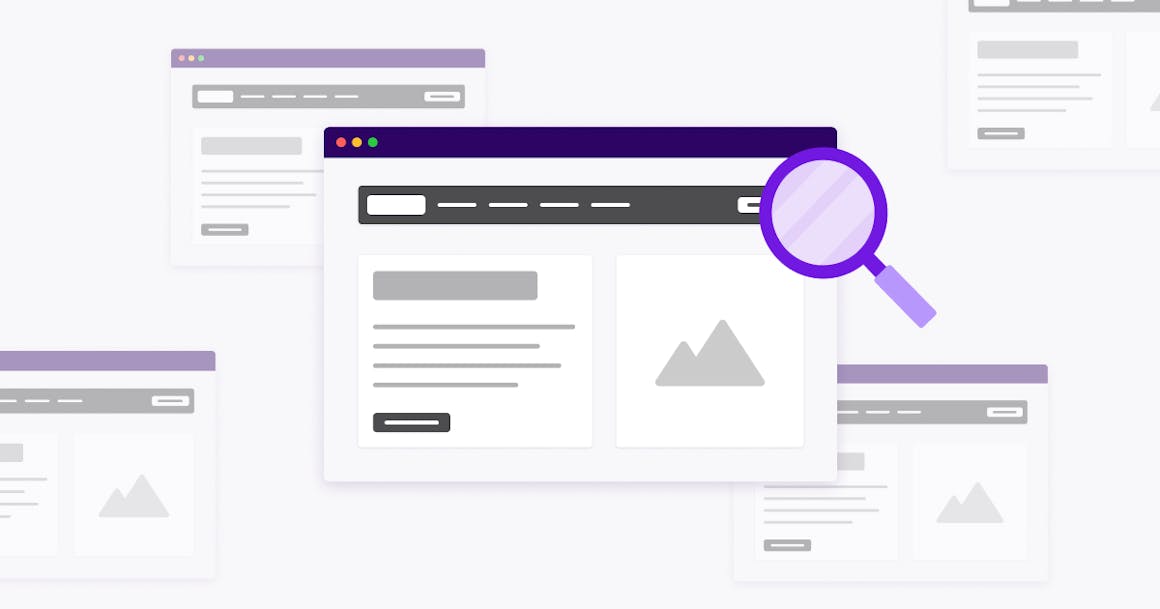
Optimize Website Ranking
When it comes to optimizing your website for search, content plays a key role. But did you know that content is also important in making your website accessible? To be accessible to the broadest audience possible, including people with visual, hearing, and/or cognitive disabilities, your content should meet the four major principles of the WCAG — it has to be perceivable, operable, understandable, and robust. In summary, this means that your site visitors must be able to see and/or hear content, use different functionalities, navigate website structure and content with ease and clarity, and be able to use different assisted technologies, such as screen readers.
To be compliant with the WCAG, you need to include elements such as alt texts for images, closed captions and transcripts for videos, clear and descriptive hyperlinks and call-to-action buttons, etc. You also need to make sure people can use assistive technology, such as Apple’s VoiceOver technology and screen readers, to browse and interact with your website.
That’s a lot of content that you may not have considered otherwise, but it makes your website easier for search engines to find and index — which in turn, is great for search engine optimization (SEO). In a recent algorithm update announcement, Google introduced a new algorithm that specifically targets pages that pass a set for user experience benchmarks. According to John Mueller, Search Advocate at Google, “When sites are hard to use, people steer away from them anyway, so over time things like recommendation and other signals tend to drop away, resulting in the site being less visible in search too.”
The purpose of SEO is to drive target audiences to your website and convert site visitors into paying customers. Implementing digital accessibility best practices, such as alt text, proper headings, video captions, etc., can help you improve your site’s ranking in search and grow organic traffic. Just keep in mind that while digital accessibility helps boost SEO, your site’s great search ranking doesn’t mean your content is fully accessible to people with disabilities or meets legal standards.
How to Get Started
The first thing to remember when getting started with web accessibility is that it’s not an extra feature or a one-time effort. It requires planning and continuous improvement. Incorporate web accessibility best practices in your web design and content creation processes from the very beginning, so you don’t have to go back and fix issues.
You will not be able to address every potential scenario, but there are steps you can take to cover the most common accessibility issues. Here are a few quick guides to help you get started.
How to Build User-Friendly Web Page Content
7 Principles of Universal Design
Link Accessibility: Best Practices for Hyperlinks, Link Buttons, and More
Multimedia Accessibility: How to Make Videos, Images, and Audio Accessible
What Is Image Alt Text, and Why Does It Matter for Accessibility?
Ready to see AudioEye in action?
Watch Demo
Ready to test your website for accessibility?
Share post
Topics:
Keep Reading
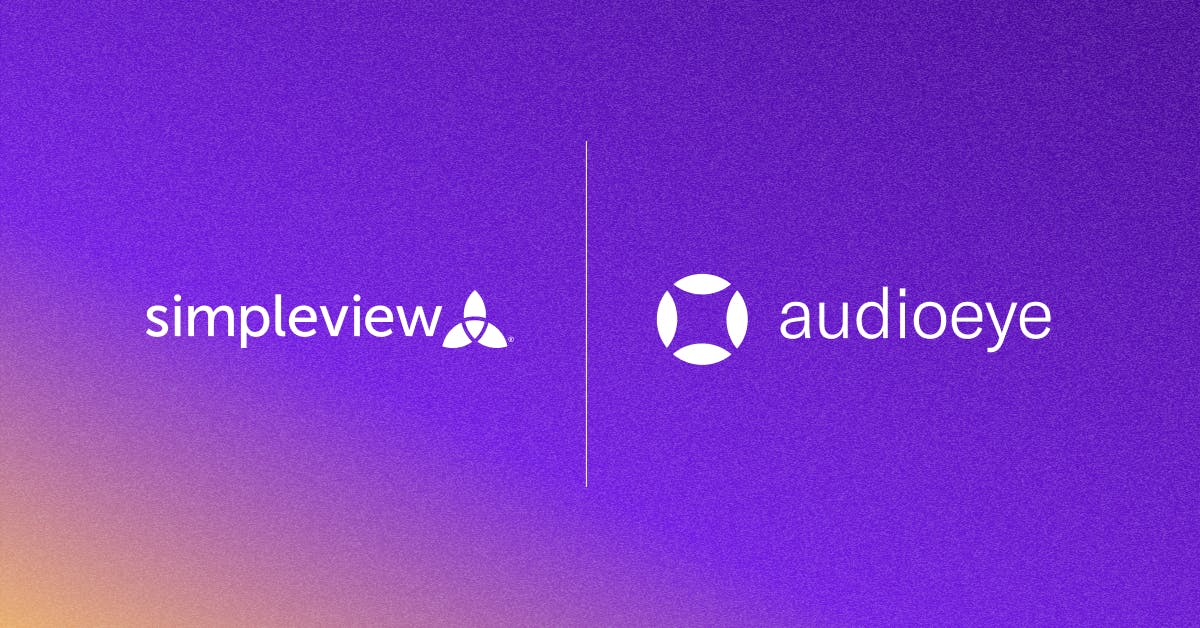
Simpleview Narrows the Digital Accessibility Gap
Learn how Simpleview's partnership with AudioEye is making the travel and tourism industry accessible to people with disabilities.
partnership
accessibility
June 21, 2023
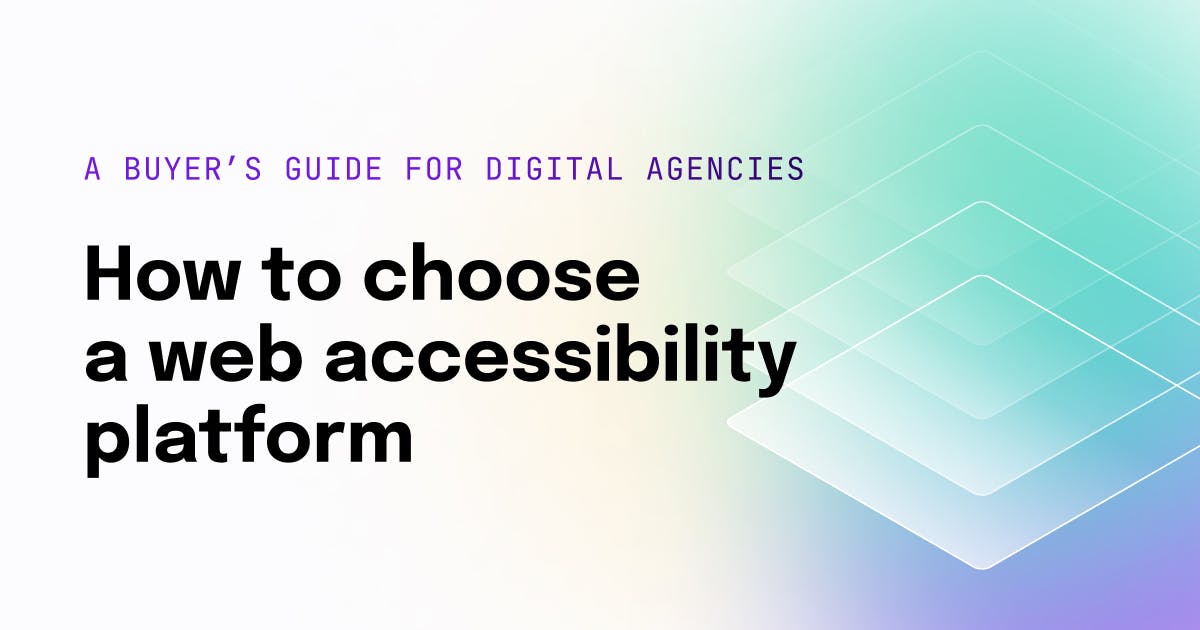
How to Choose a Digital Accessibility Platform for Your Agency
Here's a quick buyer's guide to choosing a digital accessibility platform that's right for your digital agency.
partnership
June 28, 2022
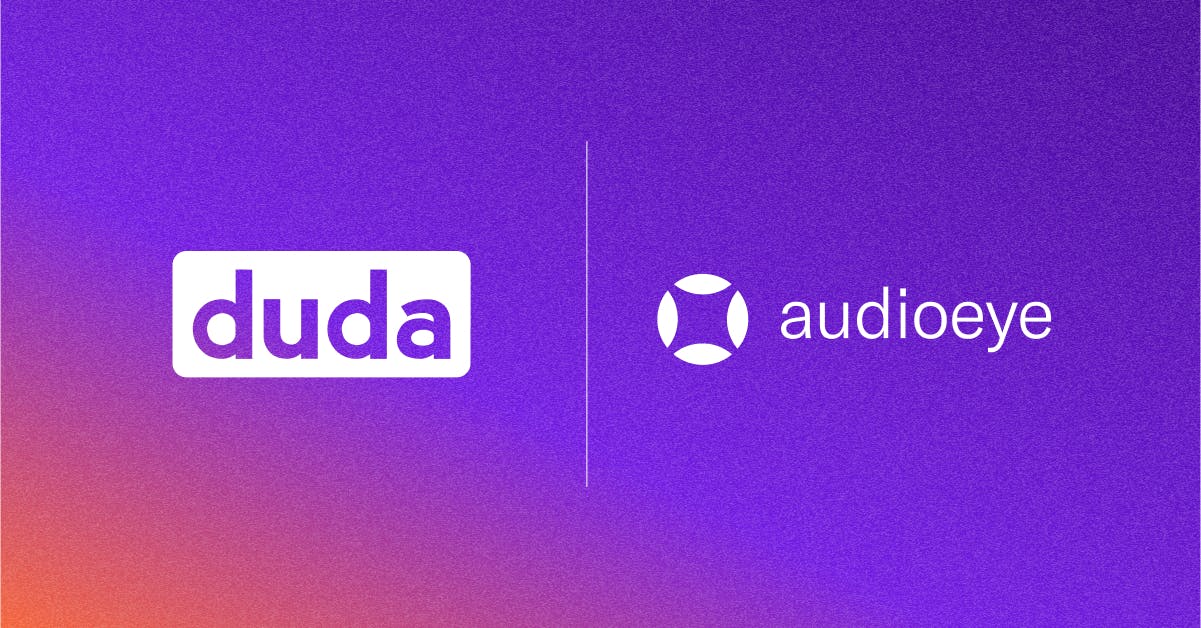
What Digital Agencies Should Know about AudioEye’s Partnership and Integration with Duda
AudioEye is fully integrated on the Duda web design platform. Installing AudioEye has never been easier or more cost-effective for agency partners.
partnership
January 26, 2022
